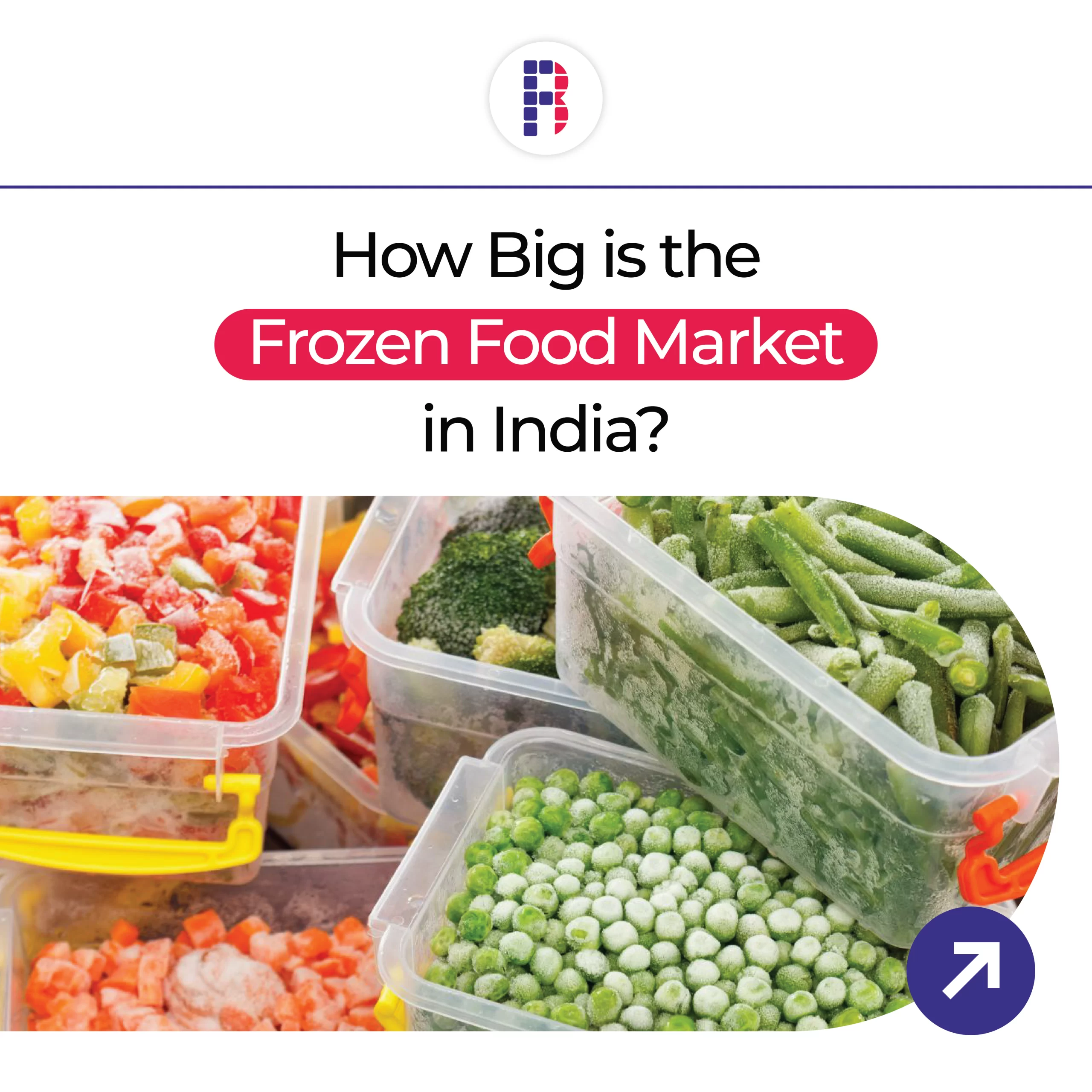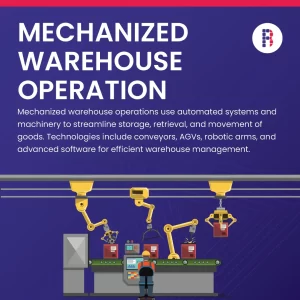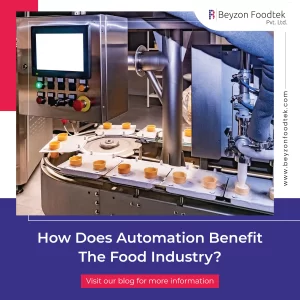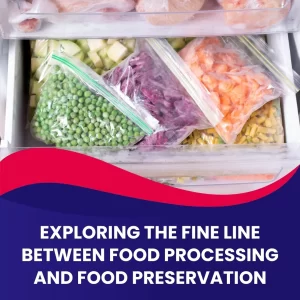Introduction
The frozen food market in India has experienced remarkable growth over the years, with an ever-increasing demand for convenient and ready-to-cook food options. The market was already on an upward trajectory. In this blog, we will delve into the size of the frozen food market in India in 2023 and explore potential future trends and statistics.
The Current Landscape
The frozen food market in India is undergoing a significant transformation. In 2022, the frozen food market in India had a value of INR 144.3 billion and is estimated that the market would expand at a 16% compound annual growth rate (CAGR) from 2023 to 2028 to reach INR 353.3 billion. The market is primarily driven by factors such as quick urbanization, rising disposable incomes of people, changing lifestyle and dietary habits, improvements in cold chain infrastructure, increased awareness of global food trends, and improved product accessibility through online retail and supermarkets.
Market Size in 2023
The frozen food market in India is projected to witness substantial growth in 2023, driven by several key factors:
- Changing Consumer Preferences: Indian consumers are increasingly leaning towards convenience in their daily lives. The time-saving aspect of frozen foods has made them an attractive option for many. In 2023, the market is expected to have grown to an estimated $1.7 – $2 billion.
- Urbanization: India’s urban population is on the rise, and urban dwellers often have busier lifestyles. This demographic shift has boosted the demand for quick and easy meal solutions, which includes frozen foods.
- Retail Expansion: The availability of frozen foods in retail stores, supermarkets, and online platforms has expanded. This increased accessibility is expected to further drive growth in the market.
- Product Innovation: Manufacturers have been introducing a variety of frozen food products, catering to the diverse tastes of Indian consumers. This innovation is likely to attract more customers and boost sales.
- Health and Nutrition: There is a growing awareness of the importance of balanced nutrition. Manufacturers are responding to this trend by offering healthier frozen food options, such as low-calorie and organic products.
Future Projections: 2023 and 2028
While we can’t predict the future with absolute certainty, certain trends suggest a positive outlook for the frozen food market in India:
- Growth Beyond Metro Cities: The frozen food market is expanding beyond major metropolitan areas to tier 2 and tier 3 cities, where there is a growing demand for convenience foods.
- Health-Conscious Choices: As health awareness continues to grow, we can expect an increase in the availability of frozen foods with reduced preservatives and additives. This will cater to the health-conscious consumer.
- Increased Export Opportunities: Indian frozen food manufacturers are exploring export opportunities, especially in the Middle East and South Asian markets. This could potentially boost the industry’s growth further.
- Customized Products: Personalization is a significant trend in the food industry. In the future, we might see more customized frozen food options, allowing consumers to tailor their meals to their preferences.
- Technological Advancements: With advancements in freezing and packaging technologies, the quality and shelf life of frozen foods are expected to improve, further enticing consumers.
Challenges in the Frozen Food Industry:
Despite the promising growth, the Indian frozen food market also faces some challenges:
- Cold Chain Infrastructure: A robust cold chain infrastructure is essential for the success of the frozen food industry. India’s cold chain facilities need significant improvement to maintain product quality and safety.
- Price Sensitivity: Price sensitivity is a significant factor in India. Frozen foods are often more expensive than fresh alternatives. Manufacturers need to work on making their products more affordable.
- Regulatory Compliance: Adherence to food safety and labeling regulations is crucial. Stringent compliance with these standards is essential for building consumer trust.
Conclusion
The frozen food market in India has come a long way and is poised for further growth in 2023 and beyond. With changing lifestyles, increased urbanization, and evolving consumer preferences, this market offers immense potential. As more consumers discover the convenience and diversity of frozen food options, the industry is likely to continue its expansion.
Manufacturers, retailers, and the government need to work together to address challenges like improving infrastructure and ensuring food safety. If these issues are addressed, the Indian frozen food market has a bright future ahead, potentially exceeding the $2 billion mark in the coming years. It will be fascinating to witness how this dynamic industry evolves and adapts to the changing needs of Indian consumers.






